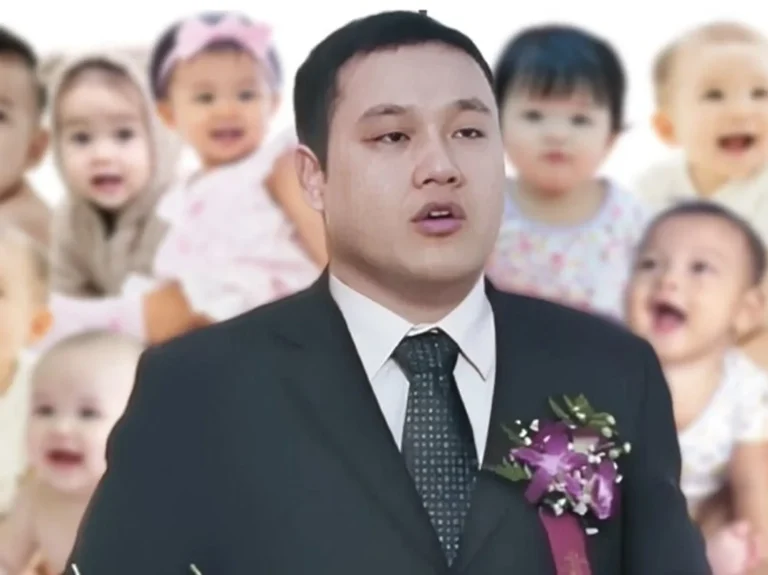Hikikomori (Japanese for “pull in”) is a term that refers to reclusive adolescents and young adults who choose to isolate themselves from social life. With about a million people in Japan suffering from Hikikomori, I suppose you could call it an epidemic of sorts. Except, the condition is not spread through physical means, it’s purely psychological. It is a phenomenon of social withdrawal that’s pretty much swept the nation in the past few years. About 80% of hikikomori are male, in their teens or twenties, and do not leave the confines of their rooms. They don’t go to school or to work, spending their days in the homes of their parents, reading, watching TV or surfing the internet, consuming meals left for them at the door.
A good example of a typical hikikomori is this boy I’ve been reading about. His mother supposedly refused to reveal his name, fearing social retribution for the boy. The 17-year-old was a normal child, but began to hate school about three years ago. This was after he became a victim to bullying and anonymous hate letters. One day, he suddenly returned home and locked himself in the kitchen. He’s been in there ever since, refusing to come out or let anyone in. The family’s response to this most unusual condition is even more strange. They have simply ‘moved on’, accepting the boy’s behavior as something he will eventually grow out of. They’ve built a new kitchen in the house, and his mother takes meals to his door three times a day. In fact, this is the manner in which most Japanese respond to hikikomori – with utmost tolerance.

Photo: Nekoguchi
While hikikomori doesn’t sound very different from psychological disorders such as Asperger’s, schizophrenia, or agoraphobia, there is no evidence linking it to any of these. In fact, many experts are now saying that hikikomori might not even be a psychological problem, but a social one. In order to understand a condition that’s unique to Japan, one needs to take a deeper look into the Japanese history and culture.

Photo: Danny Choo
Solitude is not exactly perceived as unnatural in the Japanese culture. On the contrary, it is even celebrated at times. Not surprising, given that the country had cut itself off from the outside world until the mid-nineteenth century, when the Western world began its intrusion. The very theme that runs across Japanese history, culture and folklore is apparently that of solitude, with several mythological figures having spent their lives in seclusion. Some even compare the hikikomori with the hermits and wanderers of a bygone era, unable to fit into the modern age, and unable to go back to the past.
The situation may be romanticized, but the reality is much scarier, as life isn’t exactly a bed of roses for the hikikomori. Their parents obviously wont be around forever to bring them their meals. A male hikikomori blogger acknowledges this fact and writes: “I know. But I’m not able to overcome my hikikomori.” Fortunately, there is some hope, as a few of them do eventually get over their condition and try to integrate into normal society. Tadashi, for instance, spent four years as a hikikomori, before he got a job making doughnuts. It wasn’t easy, but he did reach out for help. The sad part is that he doesn’t really know why he lost four years of his life. “I just don’t know,” he says. “I suppose people are still trying to find out what hikikomori is all about.”













